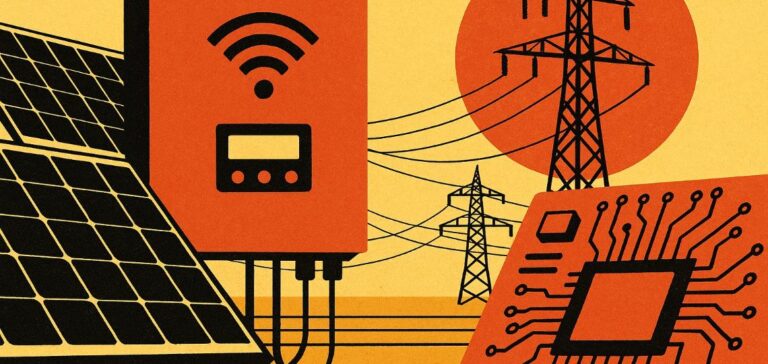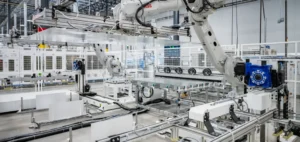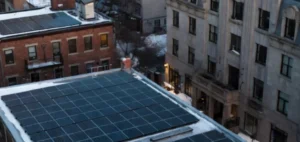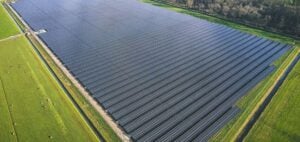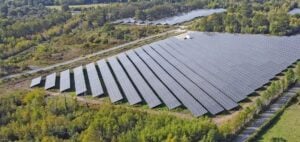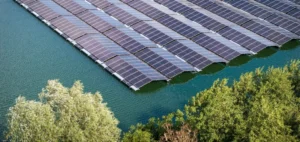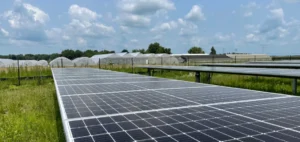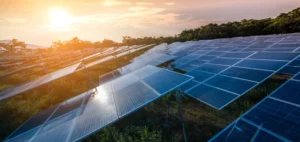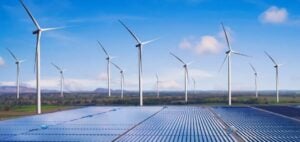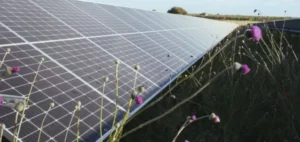Undocumented communication devices have been discovered inside solar inverters and batteries manufactured in China, according to two sources familiar with the matter. These components could bypass firewalls installed by energy infrastructure operators, exposing power grids to remote disruption risks.
Inverters, which connect renewable energy installations such as solar panels and wind turbines to the grid, are predominantly produced in China. They are also embedded in energy storage systems, heat pumps and electric vehicle charging stations. US experts, who routinely analyse equipment installed on the grid, have identified the presence of cellular radios and other communication modules not listed in the technical documentation.
Potential firewall bypass raises concerns
These undocumented devices could enable hidden communication channels, undermining the integrity of firewalls established by operators. According to the sources, such vulnerabilities could allow remote modifications of inverter settings or even shut them down, with potentially serious consequences for grid stability.
The US Department of Energy (DOE) confirmed it is monitoring these emerging technological risks. A spokesperson noted that work is ongoing to enhance transparency of software components through stricter contractual obligations, including the use of “Software Bill of Materials”.
Political and industrial responses gaining momentum
As US-China tensions rise, several industry players are seeking to reduce reliance on Chinese equipment. Florida Power & Light Company is reportedly initiating a partial phase-out of Chinese inverters, according to two people familiar with the matter. In parallel, a US legislative proposal aims to prohibit the purchase of batteries from six Chinese manufacturers starting in October 2027, including Contemporary Amperex Technology Company (CATL), BYD Company and Gotion High-tech Company.
China has denied the allegations of infrastructure threats, calling the concerns “unfounded distortions” through a statement from its embassy in Washington.
Chinese equipment’s growing footprint
Huawei Technologies Co. Ltd. remains the world’s largest inverter supplier with 29% of global shipments in 2022, followed by Sungrow and Ginlong Solis, according to data from consultancy Wood Mackenzie. In Europe, more than 200 gigawatts of solar capacity rely on Chinese-made inverters—equivalent to over 200 nuclear power plants—according to the European Solar Manufacturing Council.
Some European countries are also taking action. Lithuania has by default blocked remote access to Chinese technology on installations above 100 kilowatts. Estonia and the United Kingdom are also reviewing their energy infrastructure exposure to such equipment.
Regulatory lag in the energy sector
Unlike telecommunications or semiconductors, the energy sector has not yet implemented strict regulatory frameworks to address risks associated with Chinese equipment. Security requirements often do not apply to residential installations, even though these now contribute significantly to power generation across Western grids.
The North Atlantic Treaty Organization (NATO) recently stated that China is intensifying efforts to control critical infrastructure, including inverters. “We must identify strategic dependencies and take steps to reduce them,” said a NATO official, quoted by Reuters on May 14.


